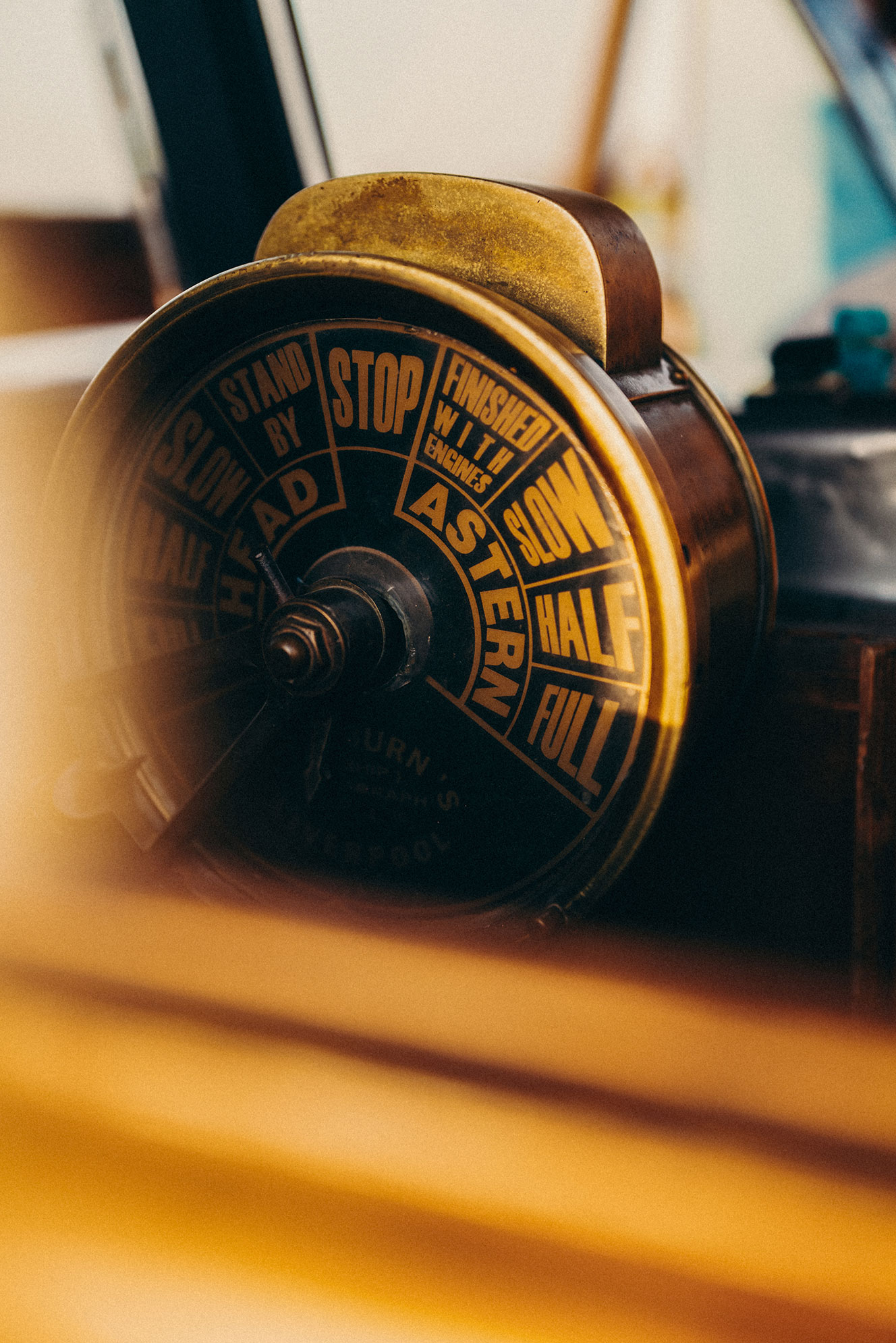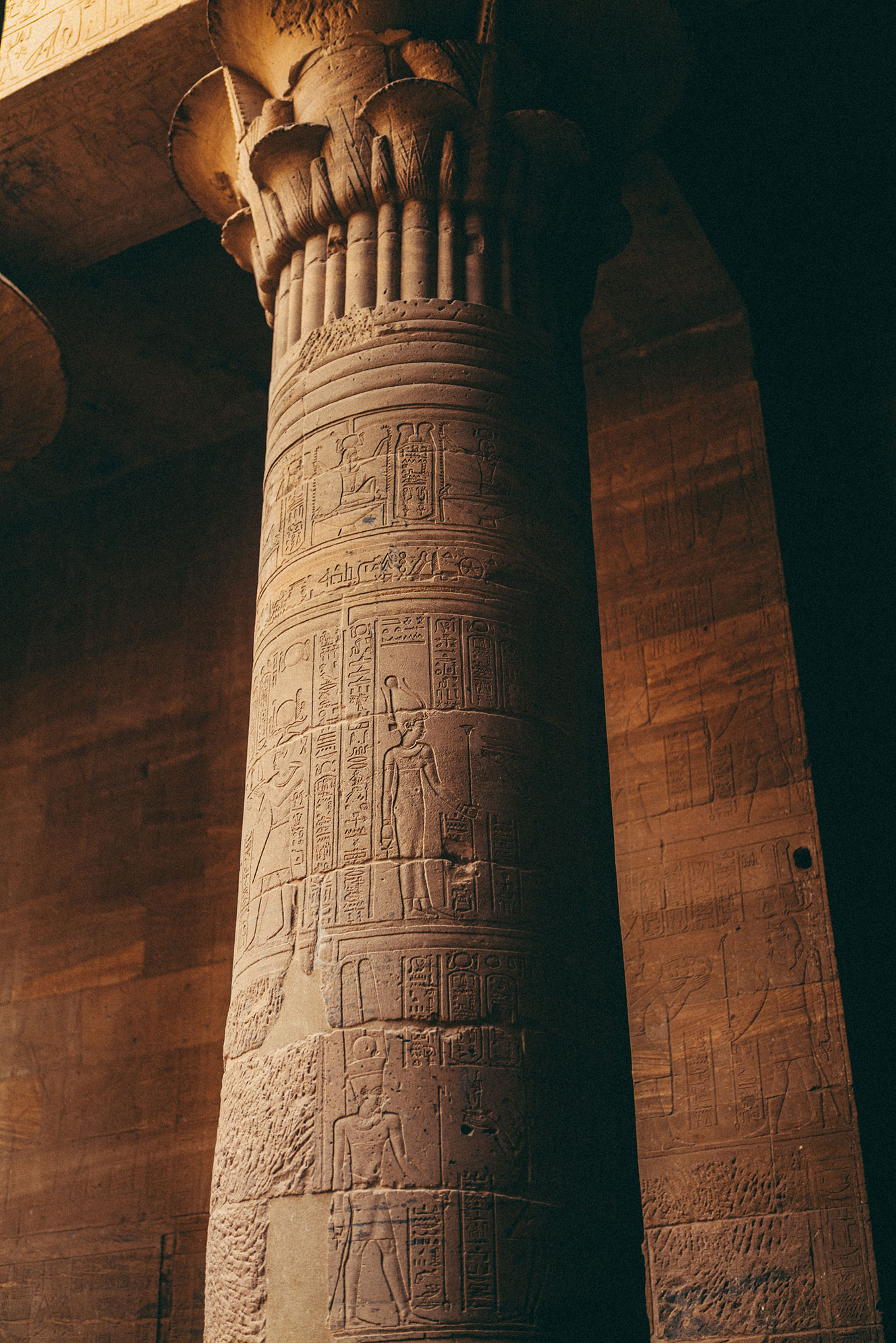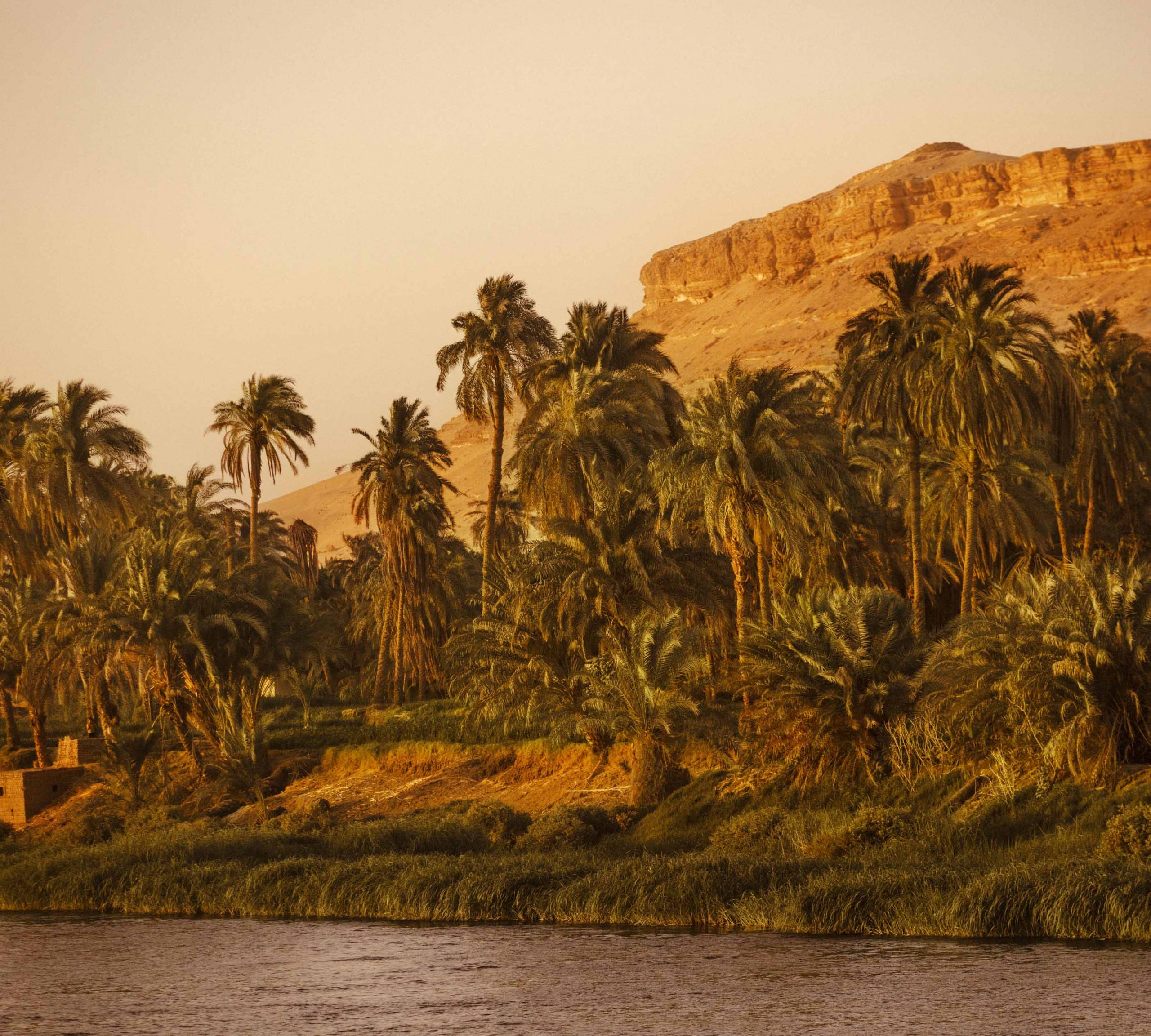The day of the steamers
BY BAPTISTE BRIANDThe legendary link between two worlds for the pharaohs, and an essential trade route during Egyptian antiquity, the Nile is also the long, calm river of the earliest cruises. At the beginning of the 19th century, after Napoleon’s victory, Muhammad Ali (1769–1849), the new pasha controlling the Nile, called upon French engineers to rebuild his navy and ports. French craftsmen came to teach the Egyptians the techniques of sailmaking and shipwrighting. In 1840, over 5,000 of these men were working in the shipyards of Alexandria and Bulaq, north of Cairo, where the first steam cangias were built. At the same time, Egypt placed orders in Britain for a number of steamers to run a regular mail service: the embryonic beginnings of the river’s steam fleet.

In 1869, navigation on the Nile took a leap forward thanks to Ferdinand de Lesseps and the opening of the Suez Canal (the engineer had been directing the construction works since 1859). It was an economic boon both for Europe’s navies and for Egypt. Henceforth, soldiers and civil servants travelling to India and the Far East would put in at Port Said. Meanwhile, Europe’s aristocracy, in their quest for luxury in exotic surroundings, found the ideal winter destination on the banks of the Nile. Ten years earlier, Thomas Cook, a British businessman, assisted by his son John Mason, had had the brilliant idea of offering his fellow countrymen guided tours through Europe, travelling by train and steamboat. And in 1860, Thomas Cook & Son proposed its first “Nile Tour” on board a boat hired from Khedive (viceroy) Ismael. The trip was a success. Initially in competition with his compatriot David Robinson, who had obtained a concession on river transport, Cook obtained the same concession from the khedive for tourist trips south of Aswan.
Thomas Cook, king of the river and Belle Epoque cruises
Two events then contributed to the success of the Cook family. In 1876, Egypt went bankrupt and became, essentially, a Franco-British protectorate. Great Britain was guaranteed control of the Suez Canal and confirmed her domination of the country. For Western tourists, this made Egypt the closest and safest oriental destination. These favourable circumstances were then supplemented by the viceroy’s decision, in 1880, to grant Thomas Cook & Son the concession for all riverine traffic. Four years later, the fleet was requisitioned to conduct Britain’s punitive Sudan military campaign. The steamers came back severely damaged, and Cook seized the opportunity to build his own fleet. In 1885, construction of a new flotilla of steamers began in Scotland. The vessels would be transported in kit form and assembled in Cairo. The Prince Abbas, the Prince Mohammed Ali, the Tewfik, and the two Ramesses were first-class steamers carrying up to 80 people. Their dimensions were comfortable for the passengers, but they were unable to navigate the rapids of Aswan. On 10th December 1902, this last obstacle was removed with the inauguration of the old Aswan Dam with its system of locks.

Thomas Cook had made his dream a reality: in two decades, he had made voyaging on the Nile affordable for many more travellers. By charging moderate prices, he had opened up the river, soon known as “Cook’s canal”, to the British middle classes. Until then this trip had been the preserve of an elite – that of the private clubs of Cairo, who sailed on privately chartered dahabyias. Not surprisingly, this population of diplomats, officers and intellectuals did not always look with a benevolent eye on the development of mass tourism. “The temple of Osiris is invaded by a crowd talking loudly in English. I think I heard the clink of glasses and cutlery,” complained the French writer Pierre Loti in 1910. But criticism did not prevent the expansion of the Cook empire. A new series of first-class steamers came into being: the Egypt in 1907, the Arabia in 1911 and the Sudan in 1921. Propelled by triple-expansion engines, this new flotilla of faster vessels was designed to replace the Ramesses boats. The return voyage from Cairo to Aswan was reduced to 20 days, compared to 50 on a dahabyia.
Birth and rebirth of the Sudan
On board this latest generation of steamers, the clientele were pampered like Cleopatra. After visiting an archaeological site on donkey-back, the ladies would meet in the saloons of the Sudan for a game of cards. In the bow, a saloon opening onto the Nile was dedicated to watercolour painting. Meanwhile, gentlemen explorers gathered in the smoking room, where mature whiskies and ports were served. The upper deck consisted of small suites with private bathrooms, the lower deck of cabins communicating along shady gangways. Despite the tragic interlude of the Great War and the end of the British protectorate (1922), the golden age of the steamers continued for nearly 20 years, until the Second World War sounded the death knell for tourism in the East. The whole fleet was consigned to dock and slowly foundered. The Sudan, once queen of the Nile, became a forgotten relic. At the dawn of the 21st century, the ship was restored by an Egyptian shipowner, before passing into the hands of Voyageurs du Monde, who undertook her total renovation. Saved from the grave, the sole survivor of the Cook flotilla, the Steam Ship Sudan carries on the history of the Nile steamers.
Credits
© Boby © Thomas Cook Archives © Mathieu Richer Mamousse



